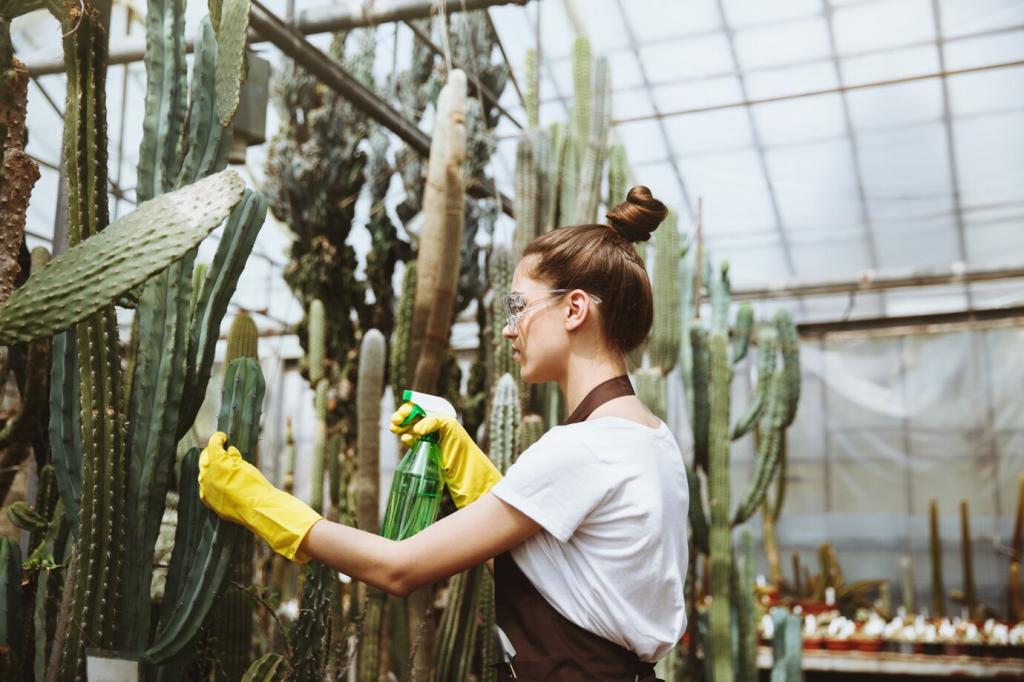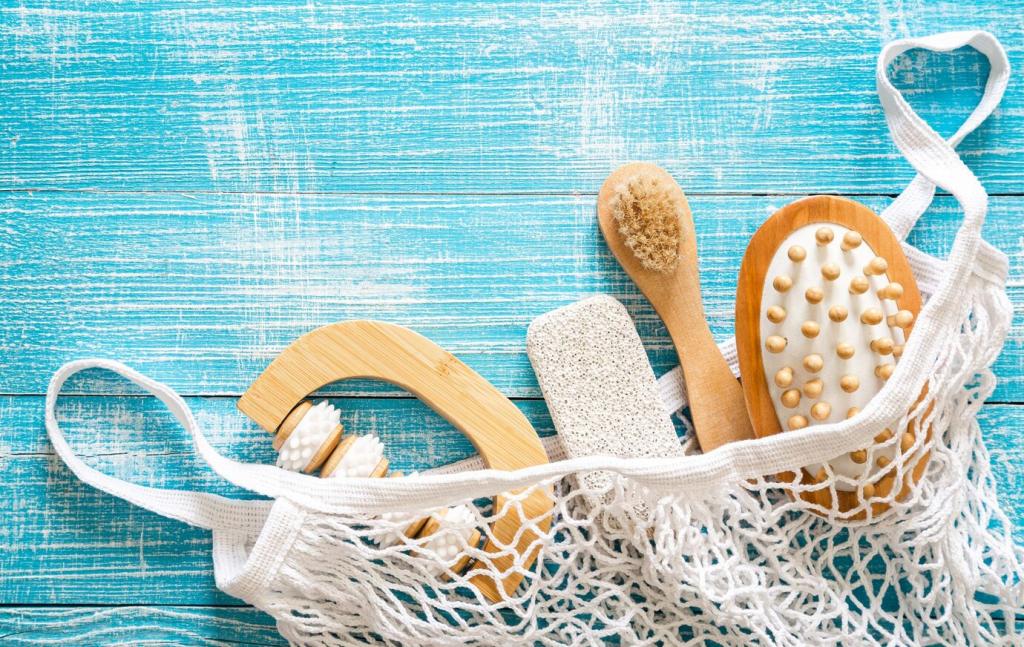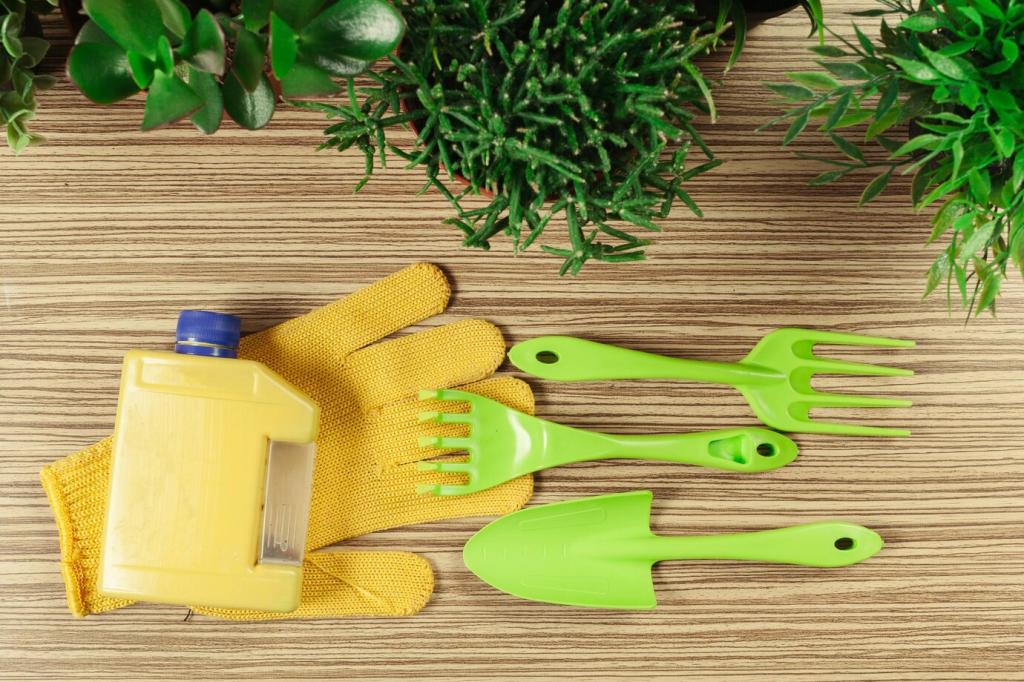Science of Clean: How Non-Toxic Sprays Work
Mild surfactants surround oils and crumbs, forming tiny micelles that lift grime from the surface. This breaks the bond between the mess and your table, letting a cloth capture debris without harsh scraping or aggressive chemicals.
Science of Clean: How Non-Toxic Sprays Work
A short dwell lets the spray loosen soils. Try a two-cloth approach: one damp to remove residue, one dry for a final buff. You’ll see fewer streaks, less elbow grease, and a consistent, inviting sheen.




